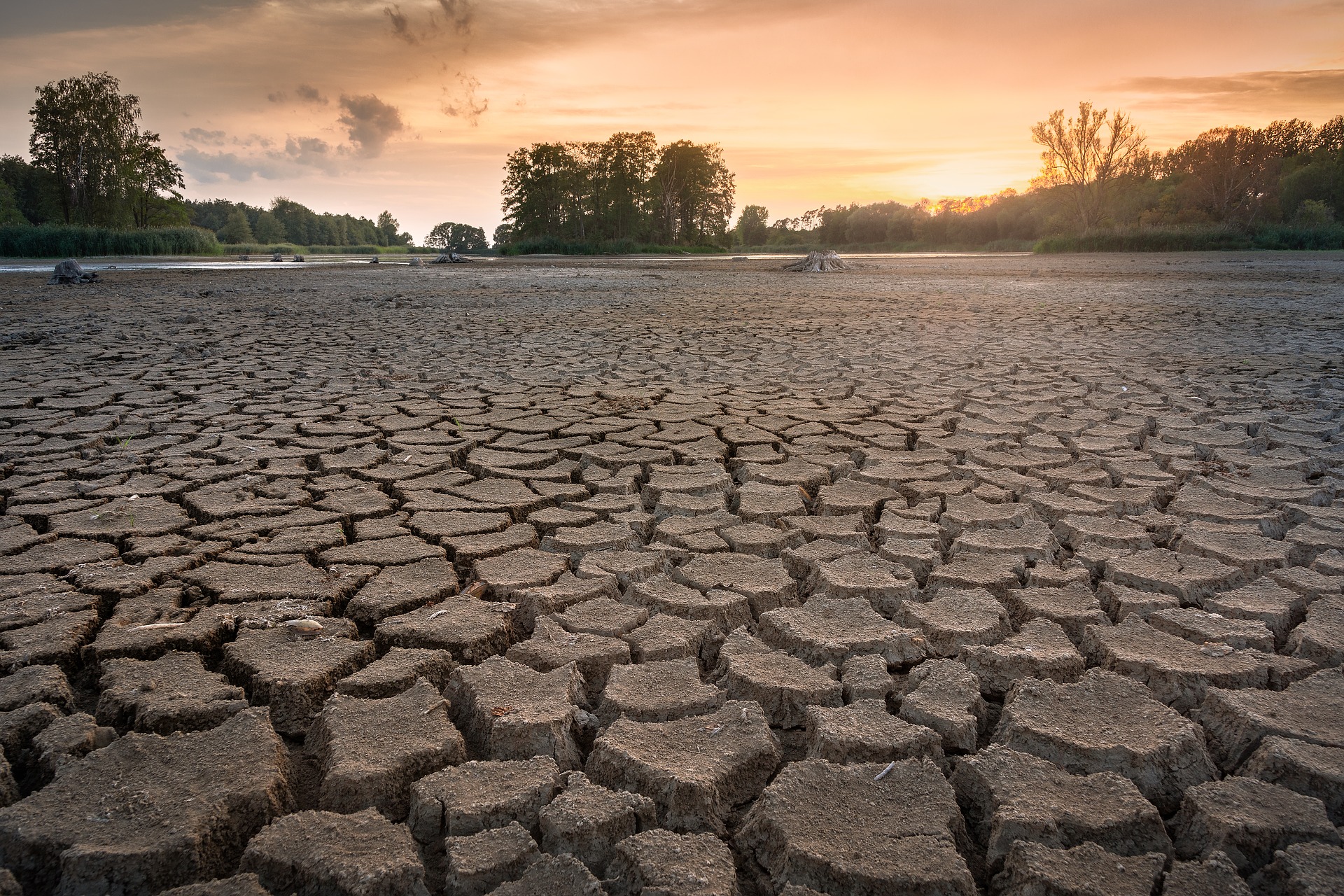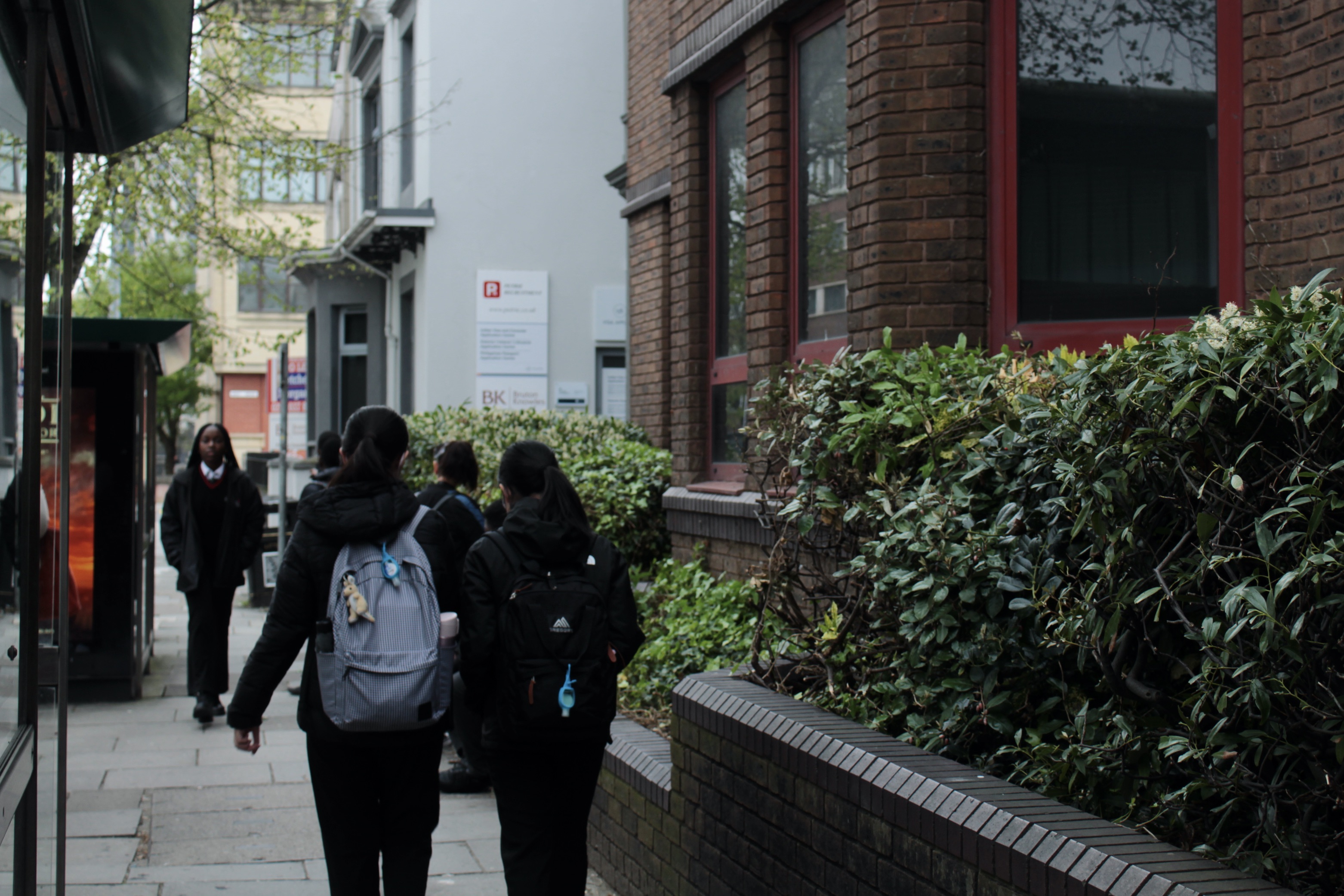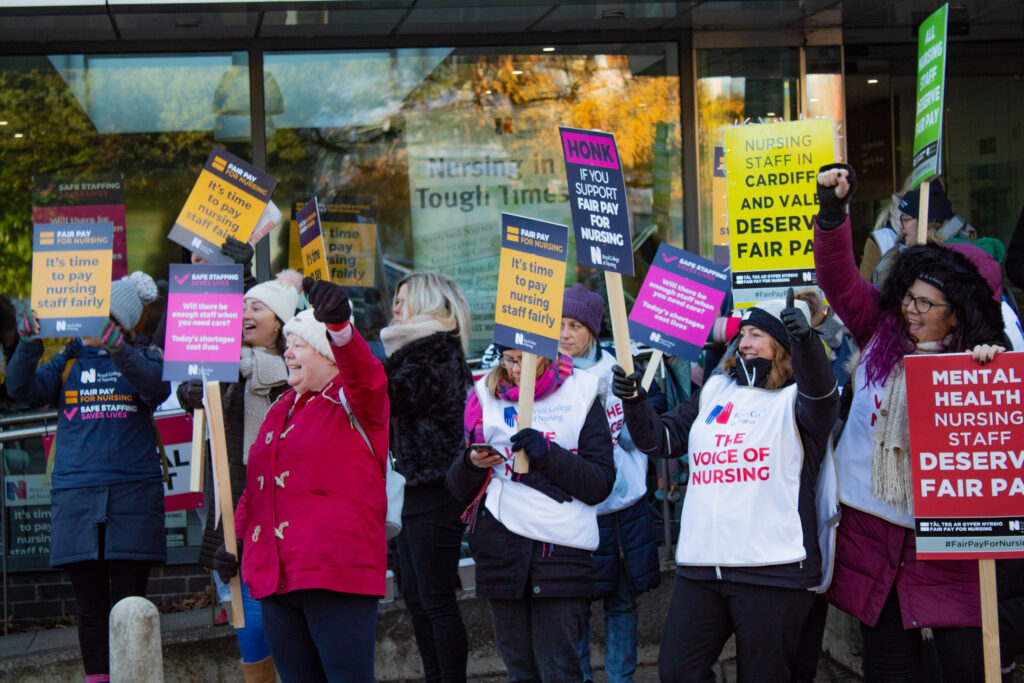
The Hidden Links Between Climate Breakdown & War
As the UK prepares to host COP26, neglected on the agenda and in the mainstream media is the link between climate change and conflict, two terms which are frequently treated as separate issues but are intrinsically connected. F Clark explores the relationship between war and a warming world.
Climate and conflict: they’re two terms usually treated separately by politicians, but in reality, conflict and the environment feed into each other to create what is a complex web for countries disproportionately impacted by global warming, political instability and military conflict.
While there have been disputes over how direct this link is, there is generally agreement among researchers that there is an indirect – though nonetheless highly significant and apparent – link between war and our warming world. And importantly, this isn’t just theory, but is often backed up by people’s experiences on the ground.
Climate change in the form of drought, rising sea levels and extreme weather may not directly trigger fighting, but wreaks havoc on food and water security, which can have devastating consequences for stability.
One example of this is the Sahel region of Africa, particularly West Sudan and Kordofan, where rainfall in recent years has become more erratic, increasing the stress on pastoralist and farming communities and water supplies, and resulting in increased competition over already dwindling natural resources. On Monday, thousands of Sudanese protesters flooded the streets of Khartoum and Omdurman to oppose the military coup that has seen the U.S. suspend $700m in aid to the country.
With limited resources and food insecurity rife, conflict is inevitable, and this is often intensified by political instability. According to a report by the International Comittee of the Red Cross (ICRC) published last year, countries enduring armed conflict are disproportionately vulnerable to climate variability and change, “because the adaptive capacity of people, systems and institutions already coping with the consequences of conflict tends to be limited.”
A key example of this is Afghanistan, a country that has been plagued by two decades of disastrous NATO-backed occupation, only to be volleyed back into the hands of the Taliban.
Afghanistan’s geographical location means it is prone to disproportionate impacts of global warming, with parts of the country warming twice as much as the global average. In a country heavily reliant on agriculture, drought has a devastating impact on food availability, water supplies, and employment – serving as further punishment to some of the world’s most vulnerable populations.
Afghanistan’s volatile political and economic situation is compounded by the climate crisis, particularly when resources have been concentrated on the war for the last decade. As one professor at Kabul University tells the New York Times: “The war has exacerbated climate change impacts. For 10 years, over 50 percent of the national budget goes to the war… Now there is no government, and the future is unclear. Our current situation today is completely hopeless.”
The environmental cost of war
The human costs of war should always take precedence, but less discussed are the impacts of war on the environment. More often than not, these environmental impacts can have knock-on effects on health, food security and political stability, causing a ripple-like effect that leaves countries in dire straits years after fighting stops and boots are removed from the ground.
A 2019 report from Brown University estimated that since the U.S. invasion of Afghanistan in 2001, total greenhouse gas emissions from the U.S. military have amounted to a massive 1,212 million metric tons. In 2017 alone, 59 million tons were generated, while in the same year, Sweden generated 48 million tons in comparison.
According to the Conflict and Environment Observatory (CEO), war requires the consumption of vast fuel quantities, leading to huge amounts of CO2 emissions, while the use of large-scale vehicles can cause widespread damage to sensitive landscapes and eco-systems. The use of explosive weapons triggers significant amounts of debris and rubble, often polluting the air and soil, while further pollution to the environment can have devastating consequences for water treatment plants and pumping systems.
Attacks on industrial, oil or energy facilities – which are sometimes deliberate – can pollute large areas and ensue chaos for local populations, also the case with other ‘scorched earth’ techniques such as the destruction of agricultural infrastructure like canals, wells, pumps and croplands.
Palestine has often been subject to the targeted bombing of water and waste facilities by Israeli forces. Just earlier this year sewage systems were destroyed, sending contaminating wastewater running through the streets of Gaza City. Around the same time, a critical desalination plant was offline, which would usually help provide fresh water to 250,000 people, and water pipes serving at least 800,000 people were also damaged.
The CEO also points to the fact that during periods of war or political instability, environmental governance is likely to collapse, meaning waste management systems and other basic sanitation requirements are neglected – something that has consequences for the health of local populations, as well as for the environment.
Syria is currently in the midst of a water crisis which can be linked – whether directly or indirectly – to more than a decade of conflict. According to charities, the war in Syria has significantly compromised access to clean, safe water, which the majority of people had access to before the conflict. Prior to 2010, ICRC claims that 98% of people in cities and 92% of people in rural communities had reliable access to safe water, while today, only 50% of water and sanitation systems function properly across the country.
Displacement and climate refugees
The impacts of climate change – such as drought, erratic rainfall, extreme weather and rising sea level – drives millions from their homes each year, and displacement statistics are forecast to worsen as warming intensifies. Statistics vary, but Australian think tank IEP predicts that at least 1.2 billion people could be displaced by climate-related events by 2050.
The issue of climate refugees is further complicated by the fact that those displaced for other reasons such as war and insurgency, or those who are internally displaced, usually find themselves in climate “hotspots” – such as in the Sahel region of Africa, or parts of the Middle East – where they risk being displaced once again as a result of environmental factors.
It’s also important to note that those who are most vulnerable to the effects of climate change are often from countries with minimal emissions in comparison to the West.
For example, 90% of the 260 million people at risk of rising sea levels are from poor, developing countries and small island states.
Bangladesh is probably one of the most famous case studies used – with two-thirds of the country less than five metres above sea level. For the Bangladeshi homes not yet swallowed by swelling waters, climate change manifests in other ways.
Rising sea levels exacerbate the process of salinisation: coastal drinking water supplies are contaminated with salt, leaving local populations vulnerable to health issues such as pre-eclampsia during pregnancy, acute respiratory infections and skin diseases. Rising salinity also risks infecting crops and degrading soil, which then devastates food supplies for a country and economy heavily reliant on agriculture.
In the news, climate change is presented as a dystopian, doomsday-type scenario that we must take action against now in order to protect ourselves in the future, but many of the most climate-vulnerable countries in the world – many of which are also seized by conflict and political instability – are already gripped by the domino effect of climate change, where the environment feeds into everything from food and water availability to the safety of one’s home, livelihoods and economic income.
Despite the situation they face, it’s imporant not to deny people in these countries their own agency and abilty to resist this fate, as displayed so powerfully in the early days of the Arab Spring and the current uprsing in Sudan.
It is also the case that the west cannot “act” on climate change without examining the role of its militaries and foreign policy in triggering environmental damage in nations that are already vulnerable. For some of these conflicts, such as Afghanistan, Western involvement and culpability is clear. For others the link may not be so obvious, but the fingerprints of European colonialism or US imperialism is often never far away.
Behind environmental devastation – whether through military violence or through human-induced climate change – lies devastation for humanity: from food and water scarcity to air pollution and displacement. These are not separate silos, but a complex web that calls for an intersectional – though nonetheless urgent – approach.


